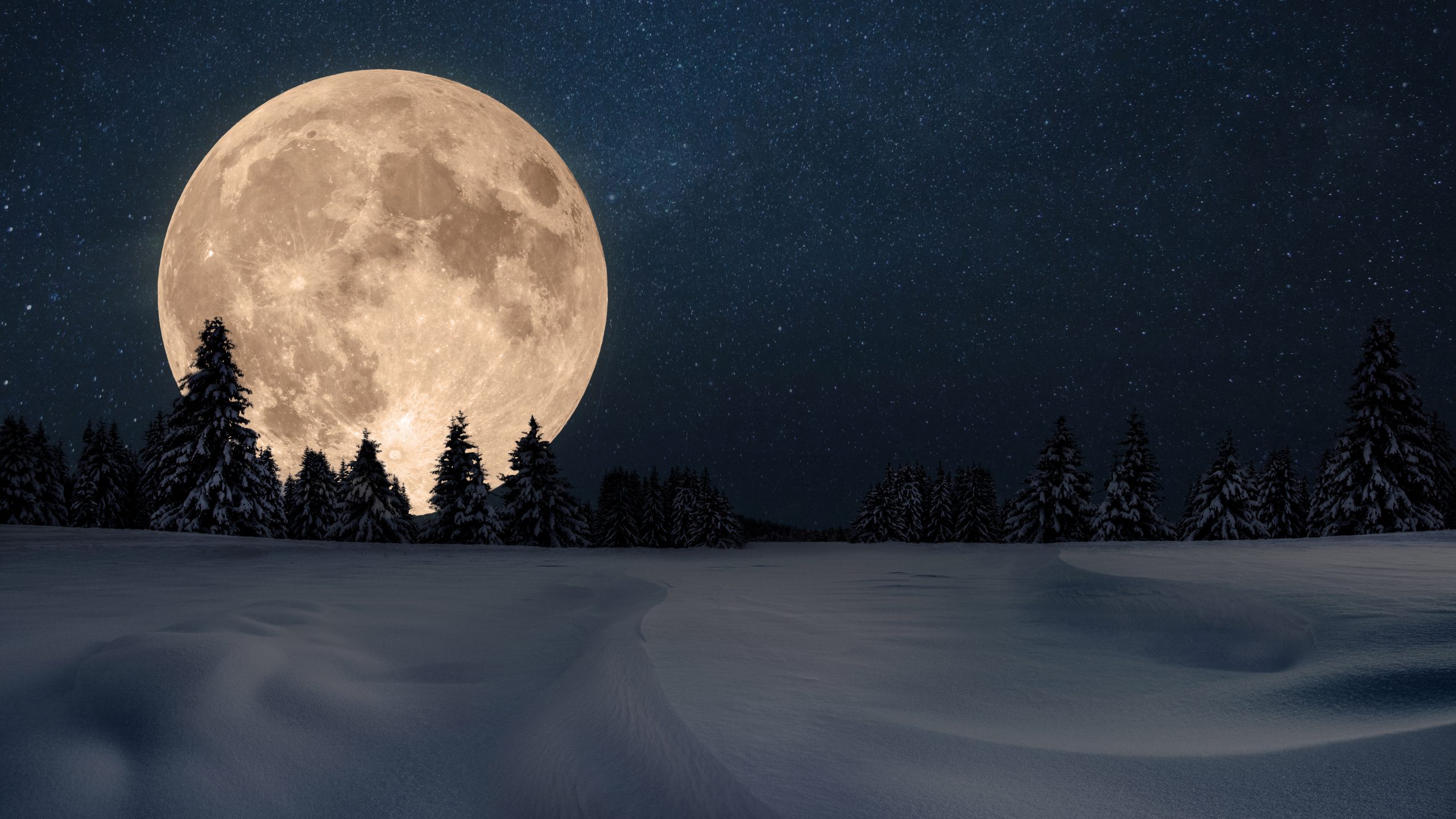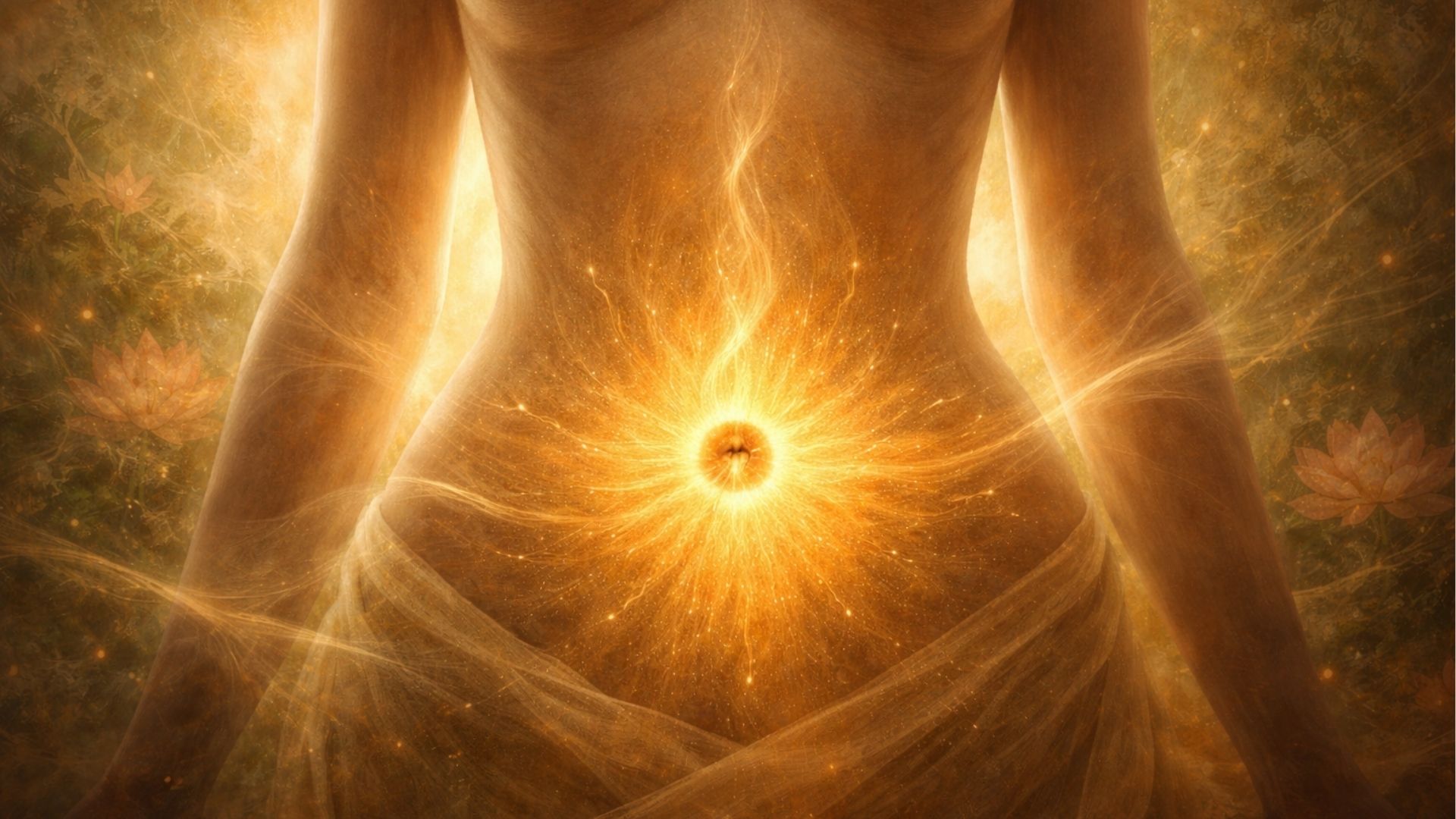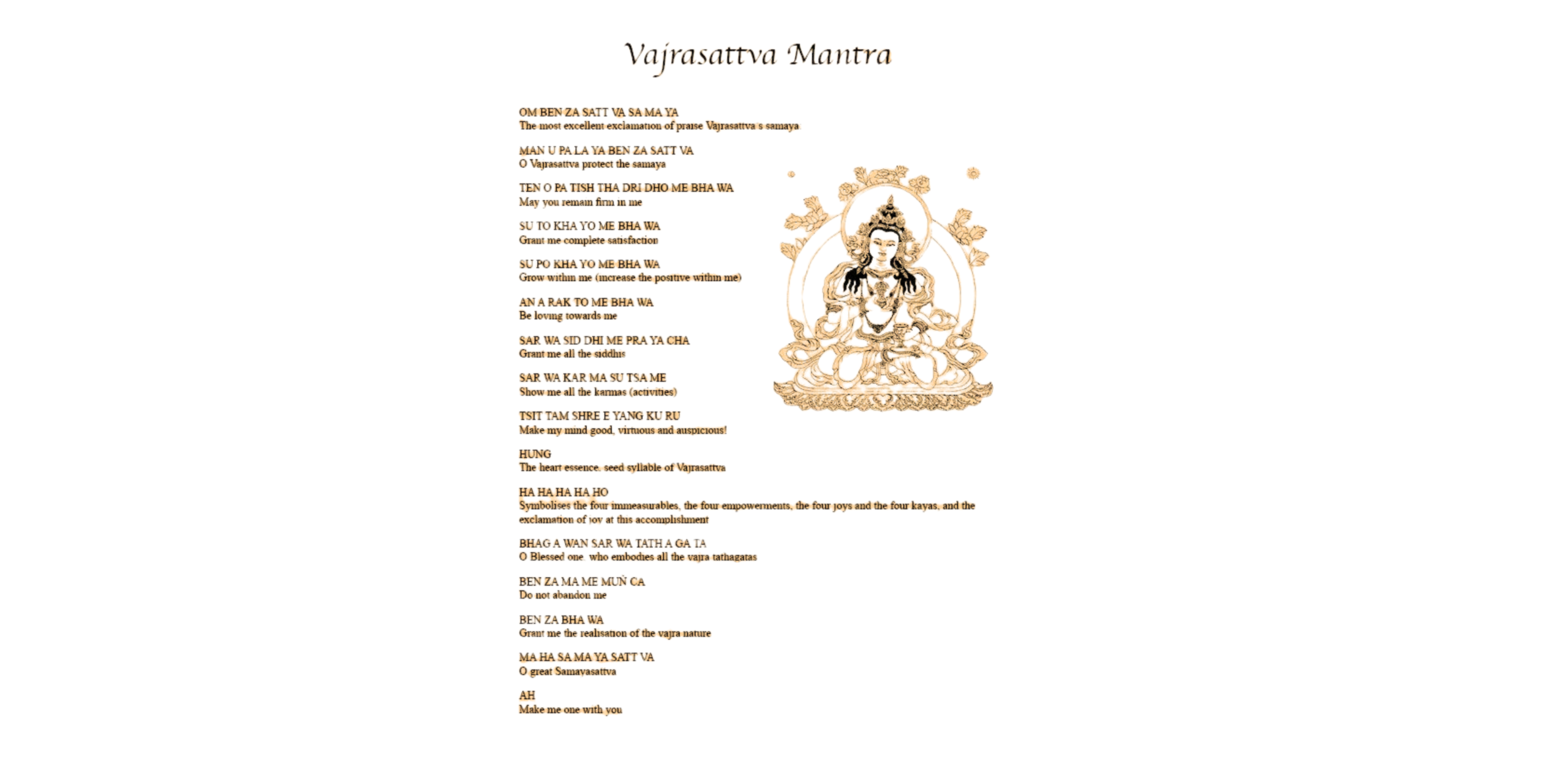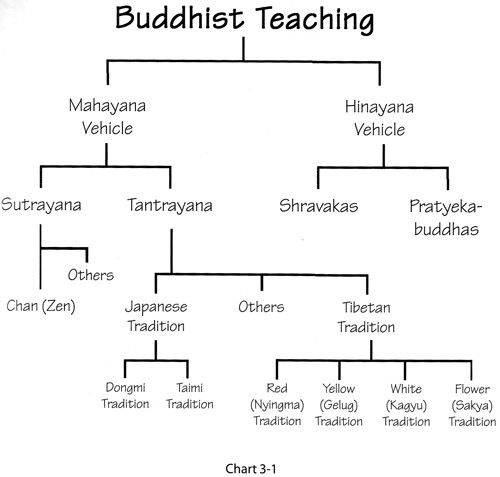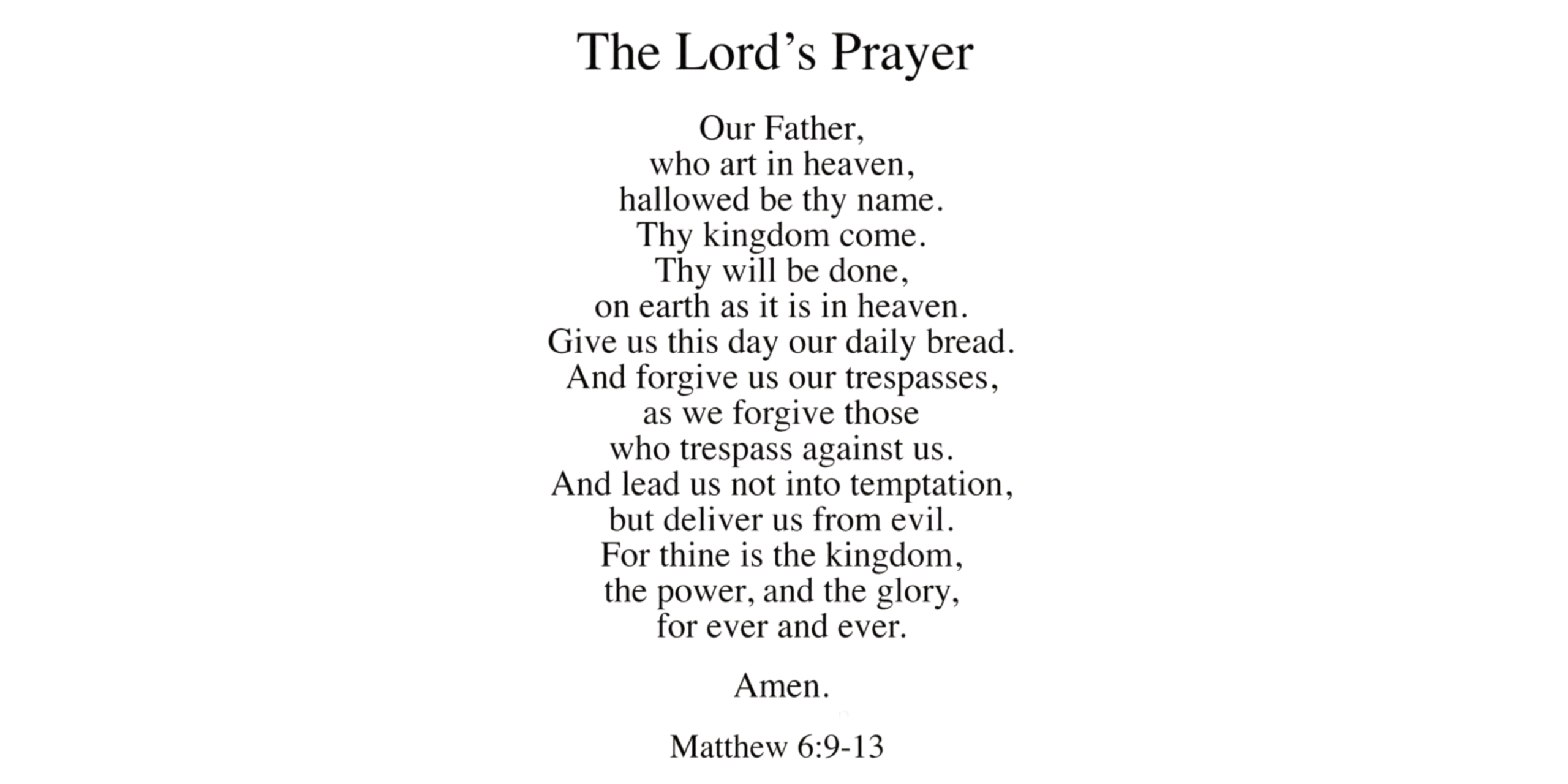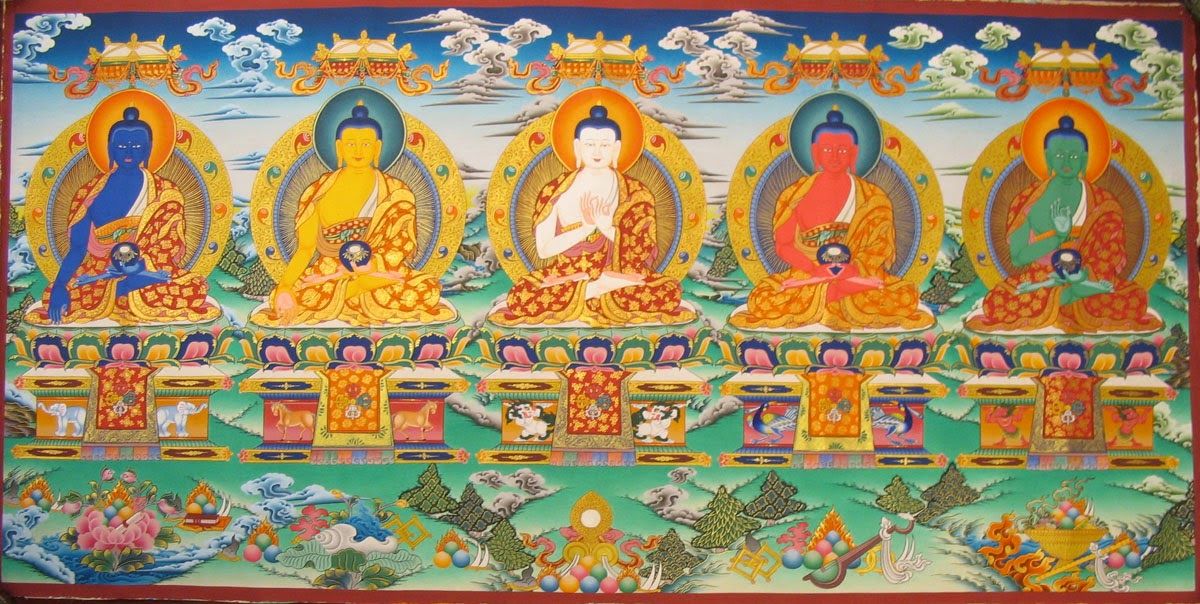The full moon shines brightest of all lunar phases, and for many people it marks a time of heightened energy and clarity. When the sun fully illuminates the moon, it becomes “the brightest and most complete phase of the moon”. Across cultures, this luminous night has been seen as powerful. In Hindu tradition, every full moon (Purnima) is considered auspicious and is often set aside for prayer or ritual. Many people notice feeling more emotional or reflective on full moon nights. As one source notes, “many of us experience more emotional and reflective times during the full moon”, and ancient sages viewed each Purnima as “a special day for spiritual rituals”.
Beyond tradition, some modern teachers point out that the moon’s phases can subtly affect us. Spiritual teacher Sadhguru observes that “different positions of the moon have different kinds of impacts on human physiology and mental make-up,” and that being aware of the lunar phase can help us align our activities with its energy. In other words, the full moon can act as a natural reminder to pause, breathe deeply, and tune into our inner state.
Why the full moon matters:
- Natural calendar: The full moon marks the midpoint of the lunar month. Ancient cultures even named each full moon (like “Wolf” or “Flower”) to track the seasons.
- Emotional influence: Just as the moon pulls the ocean tides, people often feel the full moon’s effects in their emotions and intuition. It’s common to feel more energized, calm, or thoughtful under its glow.
- Auspicious timing: In Hindu culture, Purnima days are sacred. People fast and perform special pujas or charitable acts on full-moon days, believing the moon’s light brings clarity and blessings.
- Inner clarity: The bright full moon symbolizes completeness and illumination. It’s an ideal time to meditate, let go of old worries, and set new intentions.
By treating the full moon as a kind of natural milestone, you can use it as a time to reflect on your life, recharge your energy, and focus on positive habits.
Aligning Your Energy with the Full Moon
The full moon can be a gentle cue for simple self-care or spiritual practices. Here are some practical ways to work with its energy:
- Meditate or Sit Quietly: Spend a few minutes either outside or by a window looking at the moon. A short meditation or deep-breathing exercise under the moonlight can feel especially calming. You might simply sit and watch the moon rise, focusing on gratitude or the glow of the moon.
- Journal and Set Intentions: Use the full moon’s energy to release negativity. Write down anything you want to let go of – old habits, worries, or fears – and then safely burn or tear the paper as a symbol of release. Then write a few intentions or goals for the coming month. The full moon’s light makes this a powerful time for intention-setting and visualizing positive change.
- Practice Moon Salutations or Gentle Yoga: Some yogic traditions include Chandra Namaskar (moon salutations), a series of gentle poses under the moon. Even a simple stretching or yoga routine can help you feel grounded. Focus on poses that open the heart and mind (such as anahatasana or easy seated twists) while imagining the moon’s light filling you.
- Create Moon-Charged Water: If it’s safe, leave a jar of clean water under the moonlight overnight. This moon water can be sipped in the morning or used to water plants the next day, symbolizing the moon’s calming influence being absorbed. (Always remember to drink water safely!)
- Fast or Eat Light: In many Indian traditions, people fast or eat simple foods on Purnima. A light diet (like kitchari or fruits) can help the body feel clear and alert. Fasting or a gentle cleanse on the full moon is believed to improve mental clarity and emotional balance.
- Offer Puja or Prayer: You can do a small puja (ritual prayer) at home by lighting a lamp or incense in the evening. Chanting a mantra such as “Om Chandraya Namah” (salutations to the moon) or listening to soothing bhajans can amplify peace of mind. Tradition says any sincere spiritual act on a full moon – even giving to charity or helping someone – has especially potent effects.
These simple practices don’t require special skills – just an open mind and a few moments of time. The idea is to align yourself with the full moon’s gentle energy: to feel gratitude for what’s full in your life, and to release what no longer serves you.
Full Moon Festivals in Indian Tradition
In India, many full moon days (Purnimas) coincide with important festivals or observances. A few notable ones:
- Phalguna Purnima (March): This full moon brings Holi, the festival of colors. The night before (Holika Dahan), bonfires are lit to symbolize the victory of good over evil. On the day of Phalguna Purnima, people throw colored powders, dance, and celebrate the arrival of spring.
- Chaitra Purnima (April): In some traditions, this is celebrated as Hanuman Jayanti – the birth of Lord Hanuman. Devotees visit Hanuman temples or chant Hanuman Chalisa. It’s also common to perform the Satyanarayana Puja, a ritual prayer for well-being.
- Ashadha Purnima (June/July): Known as Guru Purnima, this day honors spiritual teachers or gurus. Devotees express gratitude to their teachers. It’s also believed to be the birthday of sage Vyasa. On this night, people meditate and reflect on guidance received in life.
- Shravana Purnima (July/August): This day is celebrated as Raksha Bandhan, when sisters tie protective threads (rakhi) on their brothers’ wrists. It symbolizes family bonds and protection. The full moon here reminds us of duty and care within the family.
- Ashwin Purnima (September/October): Known as Sharad Purnima, it is celebrated in parts of India as a harvest festival and a divine night. In Hindu lore, Lord Krishna performed Raas Leela with the gopis on this moonlit night. It is believed the moon showers a healing “amrit” (nectar) on this evening. People often stay up late singing bhajans (devotional songs) and meditating.
- Kartik Purnima (October/November): One of the holiest full moons of the year. On this day, Lord Shiva is said to have defeated a demon, and Lord Vishnu appeared as Matsya (a fish avatar). Many Hindus take ritual baths in holy rivers like the Ganges, light lamps, and celebrate what is also called Dev Diwali or Tripuri Purnima.
Each of these Purnimas carries its own story and practices. In general, Purnima is a time to feel grateful, to honor divine and natural forces, and to reconnect with community traditions.
Full Moons Throughout the Year
Many cultures have given special names to each month’s full moon. In Western (especially Native American and early English) tradition, each full moon’s name reflects the season:
- Wolf Moon (January): Traditionally, cold January nights when wolves were heard howling. It marks the deep winter.
- Snow Moon (February): Named for heavy winter snowfall common in many regions.
- Worm Moon (March): As spring warms the ground, earthworms reappear, and birds begin to feed on them. (It also signals thawing of snow.)
- Pink Moon (April): This has nothing to do with the moon’s color, but refers to pink wildflowers (phlox) that bloom in spring.
- Flower Moon (May): In late spring, flowers are in full bloom, so this moon celebrates growing gardens.
- Strawberry Moon (June): Named by Native Americans for the ripening of wild strawberries. June is strawberry-harvest time.
- Buck Moon (July): Deer begin to grow new antlers in July, hence “Buck” Moon.
- Sturgeon Moon (August): In the Great Lakes region, this was the time of year to catch large sturgeon fish. (Some also call it the Corn Moon or Grain Moon.)
- Corn Moon / Harvest Moon (September/October): The moon closest to the autumnal equinox is called the Harvest Moon, because farmers finish gathering corn and grain by its light. When it falls in late September it may also be called the Corn Moon.
- Hunter’s Moon (October): After the grain harvest, October’s full moon was called the Hunter’s Moon, marking the time to hunt and preserve meat for winter.
- Beaver Moon (November): This name comes from North American beavers preparing for winter – building lodges and storing food.
- Cold Moon (December): The deep winter month; the coldest time of year, so the December full moon is often called the Cold Moon.
These names help remind us of nature’s cycle. For example, the Strawberry Moon in June indicates ripe berries (a time of abundance). The Pink Moon in April reminds us that spring flowers (pink phlox) are blooming. Using these names can make us more aware of seasonal changes and our own rhythms.
Making the Most of the Full Moon
Whether you follow these traditions or simply enjoy the beauty of the night sky, the full moon can be a soothing, enriching experience. You don’t need elaborate ceremonies: the point is to slow down and be present. It could mean meditating under the moon, taking a moment to count your blessings, or simply turning off screens and going for a peaceful moonlit walk.
As one tradition says, any good action done on a full moon “yields multiple results”. So even small acts – like lighting a candle and reflecting on your intentions, sharing a kind word, or practicing gratitude – can feel amplified under the full moon’s light.
In the end, the full moon is a monthly reminder of cycles and renewal. By pausing on this luminous night, you give yourself a chance to recharge and set positive intentions for the days ahead.
If the full moon stirs something within you – curiosity, calm, or a quiet nudge to reflect – why not explore it further? At Masi Wellness, we offer gentle guidance and tools to help you reconnect with yourself, one moon phase at a time.
Whether you’re looking for moon-based rituals, energy healing, or simple spiritual practices to bring into your daily life, we’re here to walk beside you. Take a step inward.
Explore our sessions and resources designed for soulful living → Visit Masi Wellness

